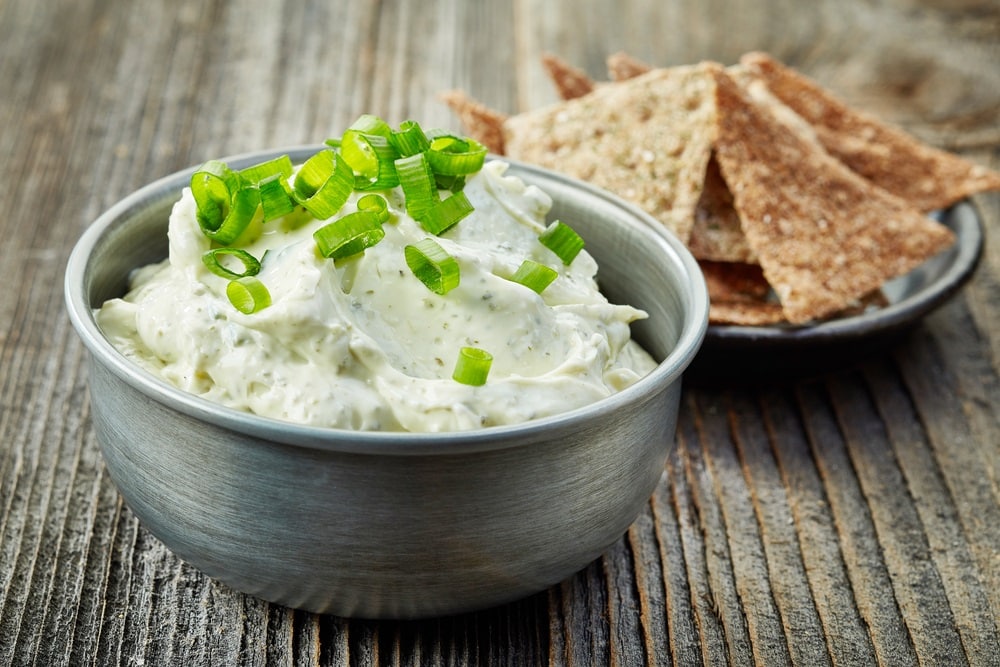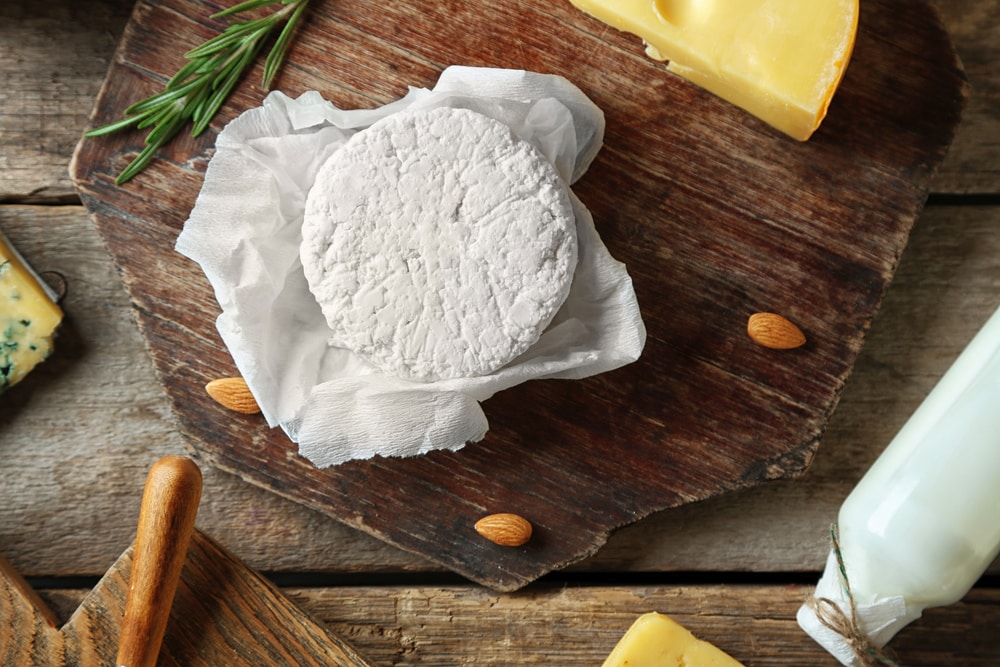
Queso fresco (Spanish for “fresh cheese”), otherwise known as queso blanco, is a white, unaged, soft cheese that is usually made with cow’s or goat’s milk or a combination of the two.
It has a fresh, bright flavor that is a little salty and a little sour. It is milky but not rich or creamy. Queso fresco is best compared to Greek feta.
The cheese is made by curdling the milk with an acid – normally vinegar or lemon juice. No rennet is needed and the cheese is simple to make at home. (Read on and we’ll tell you how!)
When the curds form, the whey is strained off and the curds are either pressed into a firmer ball of cheese or it is left soft and spreadable, similar to cottage cheese.
Queso fresco is used on many things in Mexico from potatoes and plantains to sauces and baked goods.
It is not usually melted like cheeses such as cheddar or mozzarella as it remains lumpy but in this article, we will show a way to melt it. You will then be able to use it in a sauce or dip.
Storing Queso Fresco
Queso fresco is customarily consumed fresh but in case you have some leftover, firmly cover it with a piece of plastic wrap and store it in the fridge, where it will keep well for around fourteen days.
Usage of Queso Fresco
Mexican food is frequently crumbled on top of spicy dishes. The smooth milky flavor balances the flavor of hot spices and chilies.
It works well with the heavier dishes in Mexican cooking like enchiladas yet is also good on lighter dishes like salads of mixed greens and vegetables.
Queso Fresco Preparation
Making wonderful queso fresco is simpler than you might think. You needn’t bother with special equipment or fancy ingredients.
Things you will need:
- 1-gallon milk
- ¼ cup white vinegar
- ¼ teaspoon sea salt (not iodized salt)
- Cheesecloth
- A kitchen thermometer
How to make it:
- Put the milk in a large pot over a medium flame.
- Keep a colander over a big bowl while the milk is heating and cover the colander with cheesecloth.
- When the milk reaches 170° F, turn off the stove and then add the vinegar to the milk, stirring well.
- Let it sit for 30-45 minutes to allow the curds to form.
- Take a knife and cut the curds.
- With a slotted spoon, remove the curds and put them onto the cheesecloth in the colander. Sprinkle the salt onto the curds once all the curds are in the cloth.
- Hold the edges of the cloth and make a ball of it. Tie it off with some rubber bands or a piece of string.
- Hang the cloth ball over the sink and permit the whey to drip out for 30 minutes. If you prefer a firmer, drier cheese, put a weight on top and let it drain for longer.
- Remove the cloth.
- Shape the curds into an even circle, set it in the colander, and permit it to drain for an additional 30 minutes.
- Put it into an airtight container in the fridge until you are ready to use it.
How To Melt Queso Fresco?
Queso fresco gets soft while heating, however, it doesn’t melt like other cheeses. In its soft crumbled state, it is usually utilized as a filling for stuffed chiles, quesadillas, and burritos.
Contrary to popular belief, you can melt it but it remains a little grainy. Of course, you will require the right method to do so.
- To melt queso fresco shred/crumble it first.
- Heat a little evaporated milk or cream over a low flame until it comes to a boil. Make sure to watch it carefully so it doesn’t burn.
- Add the queso fresco to the evaporated milk gradually in small amounts. Whisk continuously until everything is blended. This will take somewhere in the range of 10 to 20 minutes depending on the amount you are making.
- Keep whisking the whole time to ensure it is smooth.
Final Verdict
Melting queso fresco cheese is not very easy but you can get it done with the aforementioned method. It’s not like your regular cheese, but a little effort will help you succeed.
